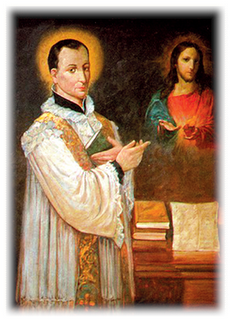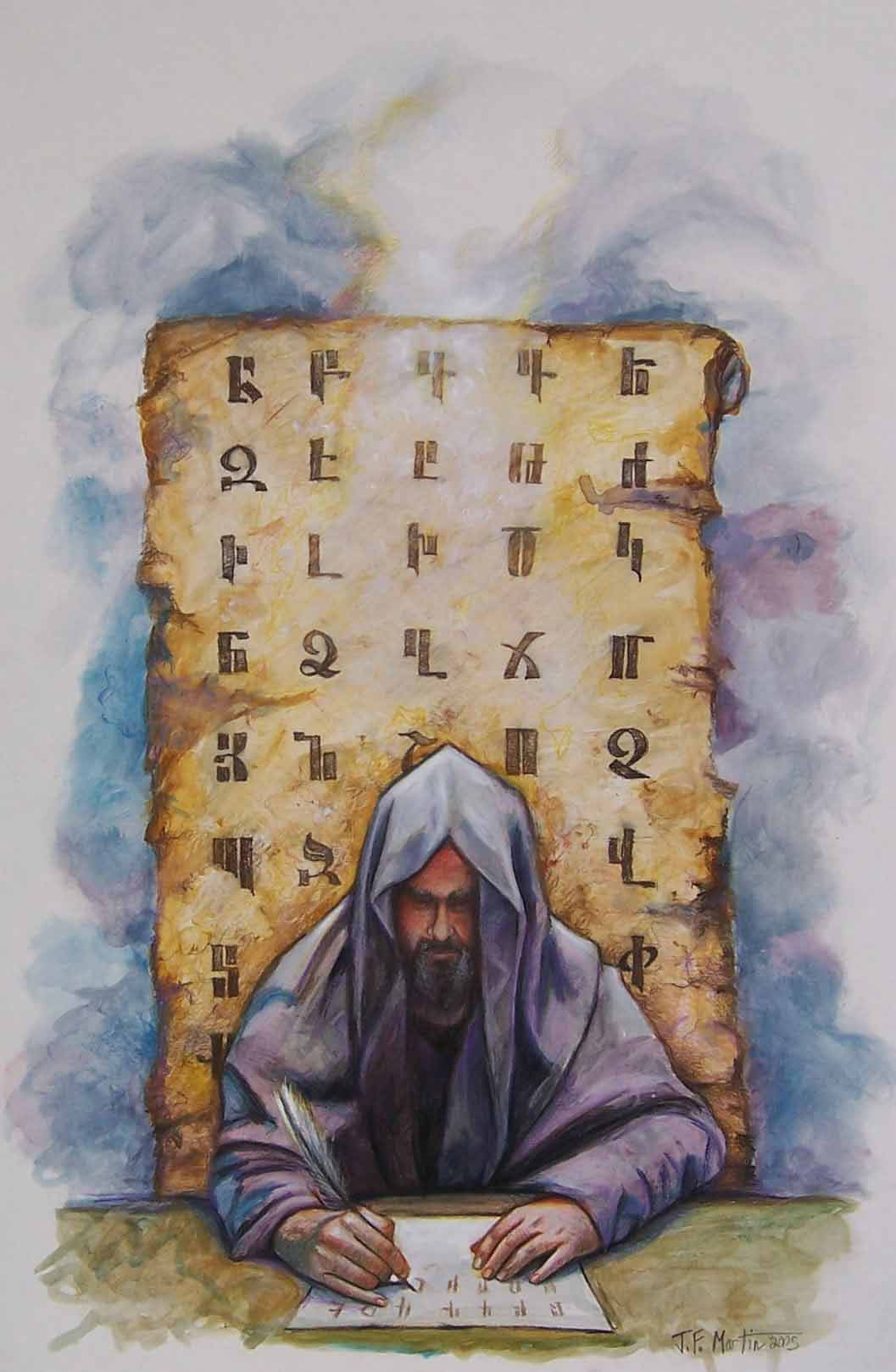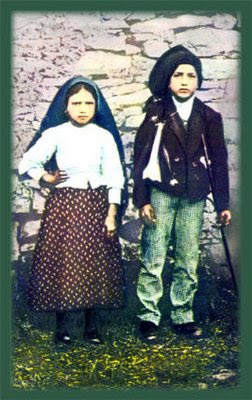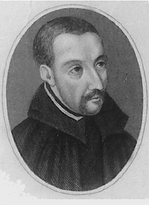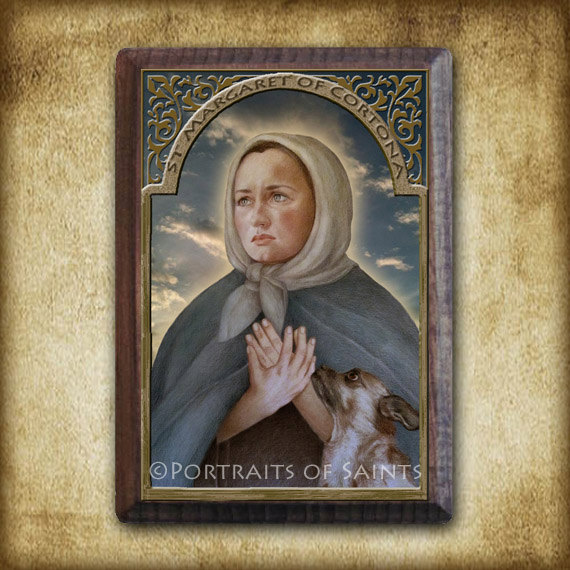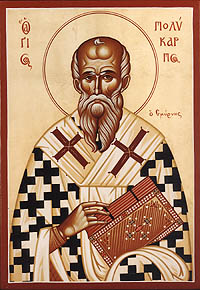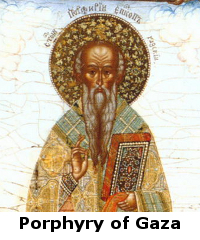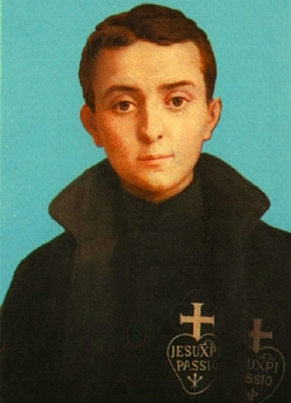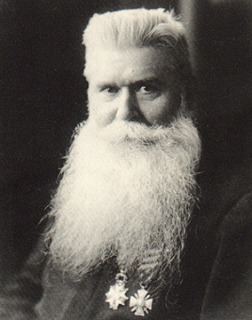- Jun 9, 2010
- 11,093
- 6,889
- Country
- United Kingdom
- Faith
- Catholic
- Marital Status
- Single
- Politics
- UK - SNP
Saint of the day: 14th February
Saint Valentine
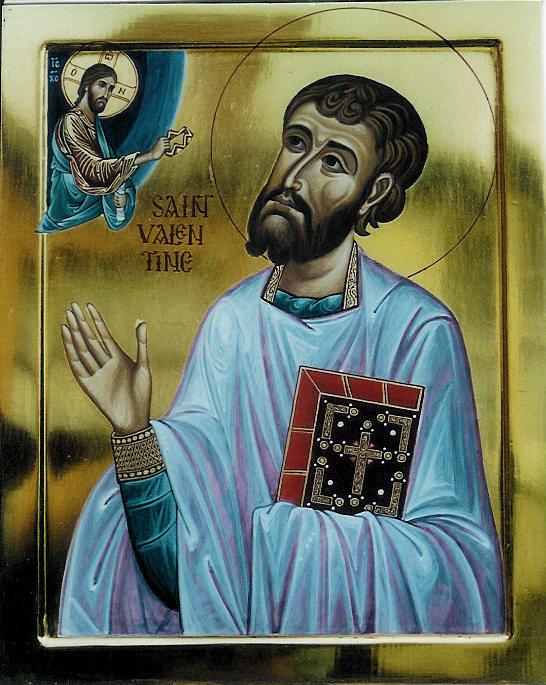
Two early Christian martyrs called Valentine are listed on this day in the Roman Martyrology. One was a Roman priest, who died for his faith on the Flaminian Way under Claudius. The other was a bishop of Terni who was killed in Rome. Some historians believe they are the same person.
There is no evidence to link the tradition of sending Valentine cards with the saint. But according to legend, St Valentine sent a farewell message to his jailer's daughter the day before he was executed, signed 'from your Valentine'. Some believe the custom grew out of an ancient idea that birds are supposed to begin their courtship on this day. Others point to the fact that the old Roman Lupercalia festival (in honour of the god of fertility, Lupercus) was held around the middle of February. The idea of sending cards and love letters on February 14 is at least as old as Chaucer and was mentioned in the Paston letters.
There are no churches in England dedicated to St Valentine. In 1836 some relics that were exhumed from the catacombs of Saint Hippolytus on the Via Tiburtina, then near Rome, were identified with Saint Valentine. These relics were placed in a casket, donated by Pope Gregory XVI, and transported to the Whitefriar Street Carmelite Church in Dublin. The Franciscan church of Blessed John Duns Scotus in Glasgow is also said to have relics of the saint.
He is the patron of bee keepers, engaged couples, epilepsy, fainting, greetings, happy marriages, love, lovers, plague, travellers, young people. He is represented in pictures with birds and roses.
Saint Valentine , pray for all engaged to be married and for all married couples that their marriages may be happy ones .
and Saints Cyril and Methodius
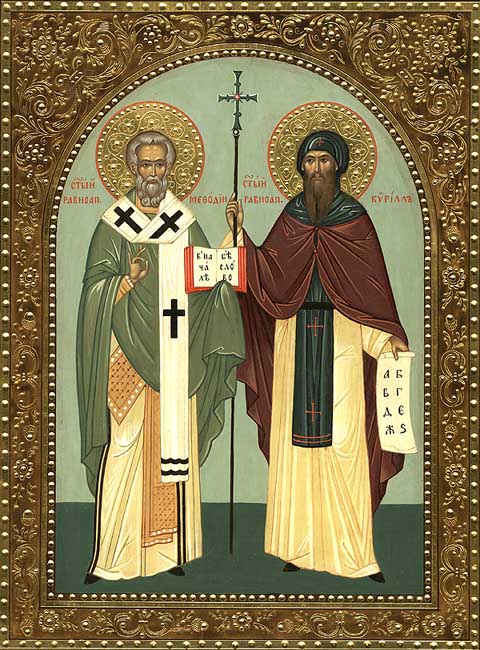
These early Christian 'Apostles of the Slavs' were brothers from Thessalonika. Constantine, was a brilliant student at Constantinople and became a priest a and professor at the university there. Methodius, was first a a provincial governor before joining a monastery on the Bithynian Olympus. In 863 they went to evangelise Moravia (now part of the Czech Republic). In order to do this they translated the Scriptures into the Slavonic language. The local Latin clergy were so opposed to this, that the brothers travelled to Rome to get official permission. Constantine became a monk there, taking the name Cyril. He died in 869. Methodius got permission for the translation and returned to Moravia to continue his work. He died in 885.
The brothers were declared co-patrons of Europe with St Benedict in 1980.
Saint Cyril and Saint Methodius , pray for all who live in Europe .
Saint Valentine

Two early Christian martyrs called Valentine are listed on this day in the Roman Martyrology. One was a Roman priest, who died for his faith on the Flaminian Way under Claudius. The other was a bishop of Terni who was killed in Rome. Some historians believe they are the same person.
There is no evidence to link the tradition of sending Valentine cards with the saint. But according to legend, St Valentine sent a farewell message to his jailer's daughter the day before he was executed, signed 'from your Valentine'. Some believe the custom grew out of an ancient idea that birds are supposed to begin their courtship on this day. Others point to the fact that the old Roman Lupercalia festival (in honour of the god of fertility, Lupercus) was held around the middle of February. The idea of sending cards and love letters on February 14 is at least as old as Chaucer and was mentioned in the Paston letters.
There are no churches in England dedicated to St Valentine. In 1836 some relics that were exhumed from the catacombs of Saint Hippolytus on the Via Tiburtina, then near Rome, were identified with Saint Valentine. These relics were placed in a casket, donated by Pope Gregory XVI, and transported to the Whitefriar Street Carmelite Church in Dublin. The Franciscan church of Blessed John Duns Scotus in Glasgow is also said to have relics of the saint.
He is the patron of bee keepers, engaged couples, epilepsy, fainting, greetings, happy marriages, love, lovers, plague, travellers, young people. He is represented in pictures with birds and roses.
Saint Valentine , pray for all engaged to be married and for all married couples that their marriages may be happy ones .
and Saints Cyril and Methodius

These early Christian 'Apostles of the Slavs' were brothers from Thessalonika. Constantine, was a brilliant student at Constantinople and became a priest a and professor at the university there. Methodius, was first a a provincial governor before joining a monastery on the Bithynian Olympus. In 863 they went to evangelise Moravia (now part of the Czech Republic). In order to do this they translated the Scriptures into the Slavonic language. The local Latin clergy were so opposed to this, that the brothers travelled to Rome to get official permission. Constantine became a monk there, taking the name Cyril. He died in 869. Methodius got permission for the translation and returned to Moravia to continue his work. He died in 885.
The brothers were declared co-patrons of Europe with St Benedict in 1980.
Saint Cyril and Saint Methodius , pray for all who live in Europe .
Upvote
0

